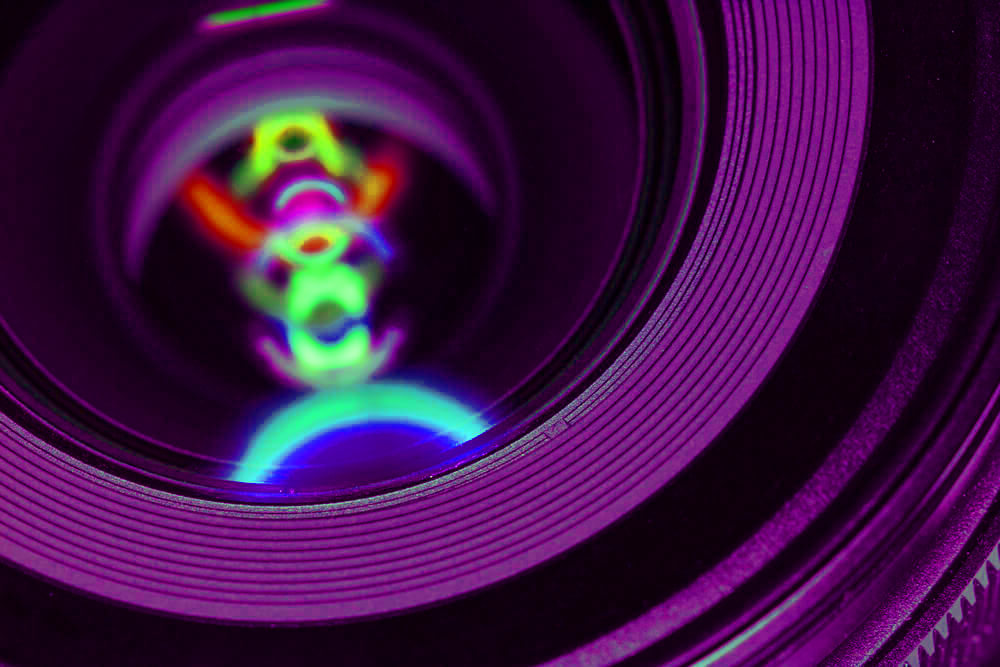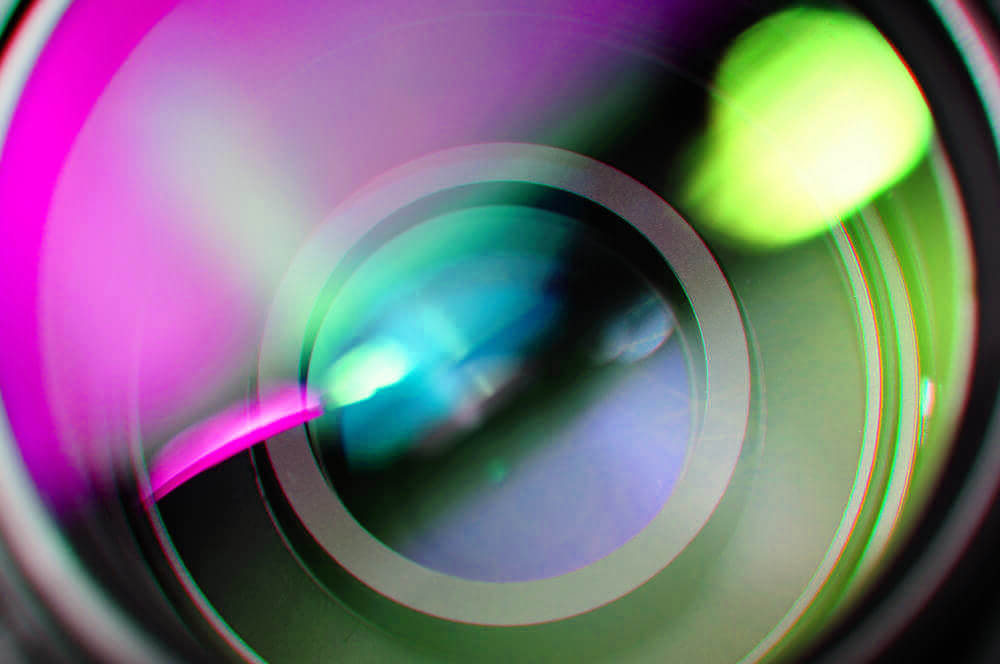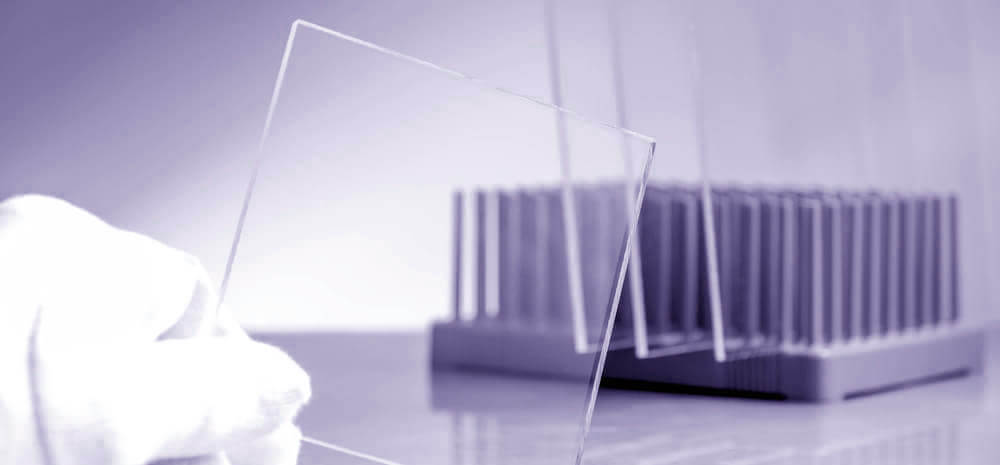In the dynamic realms of defence and aerospace, where precision, innovation, and cutting-edge technology are paramount, optical coatings emerge as unsung heroes, empowering the capabilities of these industries. Behind the scenes of high-flying aircraft, state-of-the-art satellites, and advanced military equipment lies the transformative power of optical coatings. These unassuming yet essential components play a pivotal role in enhancing performance, safety, and efficiency, elevating defence and aerospace technologies to new heights.
In this article, we uncover how optical coatings are used in defence and aerospace, uncovering the importance of these micro-thin layers are revolutionising the way we explore, protect, and navigate our world and beyond. We delve into the applications, advancements, and real-world case studies that demonstrate the indispensable value of optical coatings in these industries.
Key Takeaways
- Optical coatings are vital in defence and aerospace industries, enhancing performance, safety, and efficiency in high-flying aircraft, satellites, and military equipment.
- Aerospace applications include anti-reflective coatings on aircraft windows, sensor and imaging system enhancements, radar and stealth technology, and thermal control coatings for spacecraft.
- Real-world case studies showcase optical coatings in the Boeing 787 Dreamliner, NASA’s Hubble Space Telescope, and the European Space Agency’s Solar Orbiter.
- In defence, optical coatings contribute to stealth technology, night vision devices, laser protection, and precision targeting and guidance systems.
- The demand for cutting-edge optical coatings continues to rise, propelling industries towards a future of endless possibilities and advancements.
Optical Coatings in Aerospace
The aerospace industry is at the forefront of innovation, and optical coatings play a crucial role in advancing its capabilities. From commercial aircraft to spacecraft, optical coatings are instrumental in improving safety, efficiency, and performance.
As aerospace technology progresses, so does the demand for innovative optical coatings that can withstand the rigors of space travel, improve aircraft performance, and expand the boundaries of scientific exploration.
1. Anti-Reflective (AR) Coatings for Aircraft Windows
AR coatings are widely used on aircraft windows to reduce glare and enhance visibility for pilots and passengers. These coatings minimise the amount of light reflected off the glass surface, allowing more light to pass through. This results in better clarity and improved contrast, especially during critical phases of flight, such as take-off and landing.
Case Study: The Boeing 787 Dreamliner features advanced anti-reflective coatings on its windows, enhancing the flying experience for passengers and providing pilots with clearer views of the surroundings. This technology is a prime example of how optical coatings are integrated into modern aircraft design.
2. Sensors and Imaging Systems
These coatings optimise light transmission, improve signal-to-noise ratios, and increase sensor sensitivity, enabling precise data collection and navigation. In space exploration, where light is limited, coatings are used to enhance the sensitivity of cameras and sensors, allowing scientists to capture distant celestial phenomena with unprecedented clarity.
Case Study: NASA’s Hubble Space Telescope, a pioneer in space exploration, relies on specialised optical coatings to maximise light capture and reduce reflections from its sensitive instruments. These coatings have been critical in providing breathtaking images of distant galaxies and celestial events.
3. Radar and Stealth Technology
The aerospace industry places a significant emphasis on radar and stealth technology to enhance military aircraft’s capabilities. Radar-absorbent coatings, also known as stealth coatings, are used to reduce the radar cross-section of aircraft, making them less detectable to enemy radar systems. These coatings absorb and scatter radar waves, reducing the reflected signal and making the aircraft appear smaller on radar screens.

4. Thermal Control Coatings
In the harsh environment of space, thermal control is paramount for spacecraft to maintain proper temperatures and protect sensitive equipment. Optical coatings are used in thermal control systems to manage heat absorption and emission. These coatings can reflect or absorb specific wavelengths of light, ensuring that spacecraft components remain within their optimal temperature ranges.
Case Study: The European Space Agency’s Solar Orbiter mission, launched in 2020, features advanced thermal control coatings to protect its instruments and solar panels from extreme temperature fluctuations as it approaches the Sun. These coatings allow the spacecraft to endure the intense solar radiation and gather valuable data about our star.
Optical Coatings in Defence
In the defence industry, optical coatings play a critical role in enabling advanced technologies that enhance situational awareness, surveillance, and protection. From combat aircraft to night vision devices, optical coatings are essential components in a wide range of defence applications. The defence industry’s ongoing pursuit of technological superiority drives continuous innovation in optical coatings.
1. Stealth Technology and Camouflage:
Optical coatings are a fundamental aspect of stealth technology, reducing the visibility of military assets to enemy radar and infrared detection systems. Radar-absorbent coatings, similar to those used in aerospace, are applied to military aircraft, ships, and ground vehicles to minimise their radar cross-section and enhance survivability during missions.
Case Study: The B-2 Spirit, a stealth bomber, employs sophisticated radar-absorbent coatings and angular surfaces to evade enemy radar and operate undetected in hostile airspace.

2. Night Vision Technology
Rely on optical coatings to detect and amplify available light, enabling soldiers to operate effectively in low-light or nighttime conditions. These coatings are applied to image intensifier tubes, enhancing their sensitivity to infrared radiation. By converting invisible infrared light into visible green or monochrome images, night vision devices greatly improve soldiers’ situational awareness and safety during nocturnal operations.
Case Study: The AN/PVS-14, a widely used night vision monocular, incorporates advanced optical coatings to provide military personnel with a compact and versatile night vision solution. This technology has proven instrumental in enhancing soldiers’ effectiveness in challenging and low-visibility environments.
3. Laser Protection
They are also used in laser protection and countermeasures to defend against laser threats, such as target designation and laser-guided munitions. Coatings are applied to optical windows and lenses to mitigate laser damage and reduce the risk of system failure. Laser-absorbent coatings can dissipate laser energy harmlessly, preventing damage to sensitive components.
4. Enhanced Targeting and Precision Guidance:
Coatings are applied to optical components to improve light transmission, reduce reflections, and enhance signal-to-noise ratios, ensuring accurate and reliable targeting of enemy assets.
Case Study: The AGM-158 Joint Air-to-Surface Standoff Missile (JASSM) utilises advanced optical coatings on its imaging infrared seeker to precisely locate and engage targets from a standoff distance. These coatings contribute to the missile’s ability to strike with pinpoint accuracy, minimising collateral damage and ensuring mission success.
Quality Optical Coatings
Optical coatings are indispensable in specific industries, enabling enhanced performance, safety, and innovation. As technology continues to advance, the demand for cutting-edge optical coatings will only grow, propelling various sectors toward a future of endless possibilities and advancements.
By embracing the significance of optical coatings and harnessing their potential, industries can continue to drive progress and innovation in their respective fields.
If you are in need of quality optical coatings from Anti-reflective to Infrared, contact our team today for more information or email sales@uqgoptics.com.




